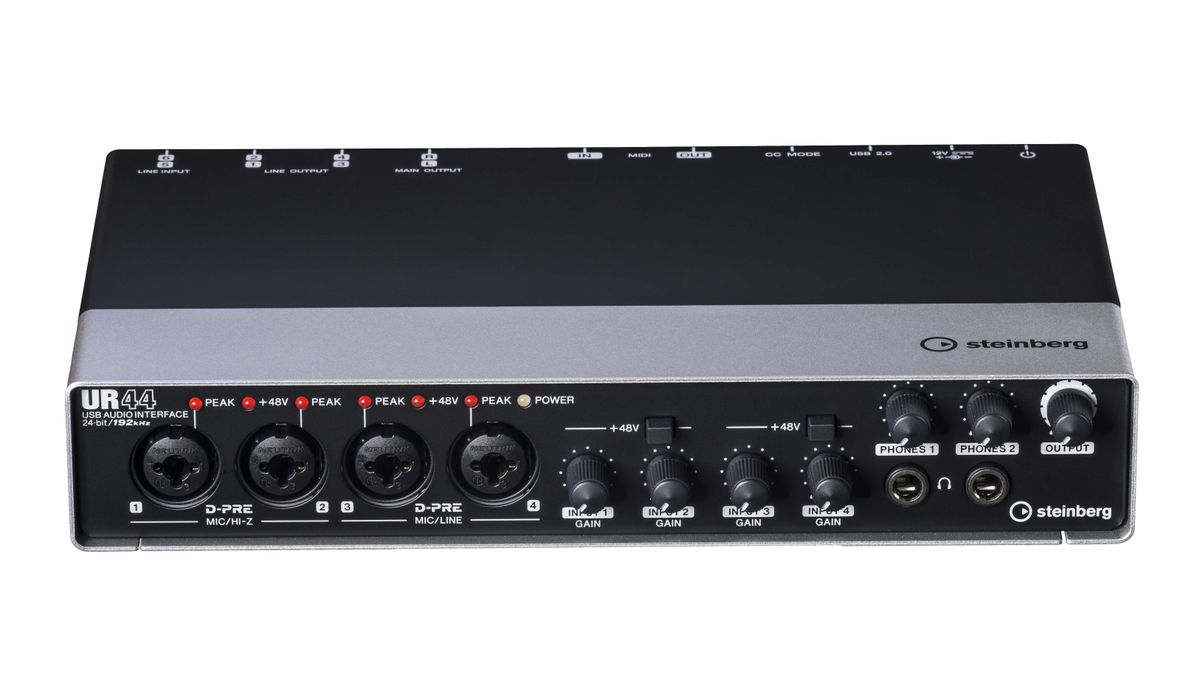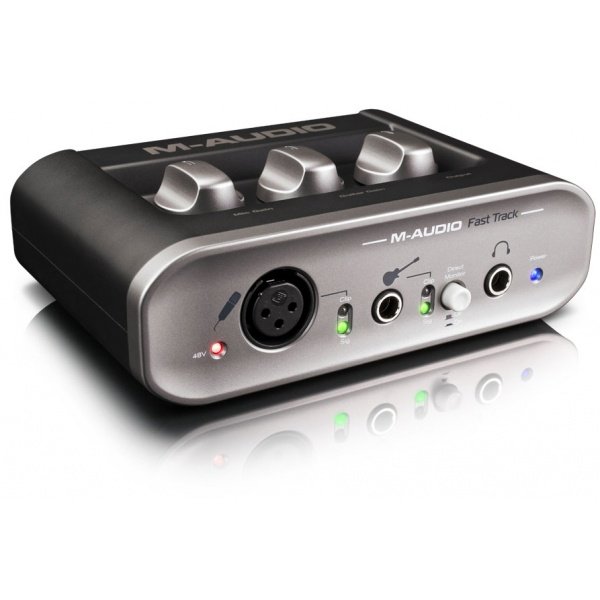Table of Content
It would be just plain wrong not to mention Focusrite while we're on the topic of audio interfaces and microphone preamps. This company had been in the business for over 25 years and has made a name for itself as one of the top manufacturers of this type of gear. Before we go on and give you the best audio interfaces available on the market, let's first discuss what an audio interface does? Well, an audio interface relates to computers; any hardware that can increase the sonic capabilities of a computer is known as an audio interface. An audio interface is also used to connect audio devices to a computer for audio production. An audio interface is a necessary component of every recording studio, whether big or small.

It is important that any pro studio using an interface will be familiar with the one they use. When it comes to the interface of a product, there is no such thing as a "best" one. The right one may depend on various factors, such as the purpose, the complexity of the task, and budget. Comes with over $1000 worth of recording software including Studio One Artist, Ableton Live Lite, and Studio Magic Plug-In suite.
SubZero AI2 USB Audio Interface
The software mixer, Focusrite Control, gives you power and control over your device from your computer as well. I’ve also been told that the possibility of “expanding” your studio by stacking other Apogee interfaces is enticing. The one complaint I keep hearing has to do with the absence of a Thunderbolt cable (they’re not that expensive though). Owners of the Element 24 are also very pleased with its build-quality. If you plan on transporting your device, you’ll never need to worry about damaging any knobs/sliders. Everything involving levels is adjusted using a single knob (inputs, monitors & headphones).
And remember, if you’d like see more of the guides, check out the postbest equipment for home studio. In addition to the connectors mentioned above are the MIDI connectors.
KRK Rokit 5 G4 Studio Monitor Review
Audio loopback is an important feature for podcasters, YouTube content creators, and streamers. The iD4 allows you to simultaneously record audio from your microphones and your computer's apps. In addition, iD4 MK2 includes a suite of professional software at no additional cost. The lack of a visual mixer or control panel makes it easy to learn how to use. The ergonomics of the design are typically very well thought out and executed throughout.

On a simple audio interface, I/O counts can range between 2-4 and on a professional audio box it can be above 14. The number basically depends upon your work type and the number of tracks you want to record at once. Solo musicians will need around 2-4 I/O counts as they’ll have a limited number of instruments to connect. A songwriting team may need up to 4-8 I/O count as working in a team means that every person is dedicated to one instrument which requires more I/O ports. Engineers who record bands can need a minimum of 16 ports as a whole band can include many instruments. With the package, you’ll get an authorized code for Ableton Live Lite as well as the Focusrite Scarlett Plug-in Suite and the Red 2 & Red 3 Plugin Suite upon registration of the interface.
Firewire, USB, Thunderbolt or PCIE?
The LED indicators are useful to avoid clipping your converters, but they’re not very precise. Speaking of DAWs, Mackie also includes Pro Tools
If it outputs red then it means your signal is experiencing interference and you should reduce the gain. It also has a large monitor dial for providing tactile control for volume control. A high-quality amplifier provides clean yet loud sound to your headphones. Zoom UAC-2 doesn’t offer many ins and outs but has some awesome features.
Analog sound can be processed via the sound processing system of an external device, such as a computer’s sound card. USB headsets use their own sound processing system, rather than a sound card, to produce better sound than 3.5mm headsets. With no less than eight XLR/¼” inputs, the 18i20 is a great choice for tracking drums or full bands. It even has optical and S/PDIF connections, making it adaptable for professional use. The Apollo Solo is great whether you’re a total beginner or someone with a few years of production experience because it comes with UAD’s Realtime Analog Classics plugin bundle. So, you’ll also get emulations of classic compressors (1176, LA-2A) and EQs (Pultec EQP‐1A and more).
Zen Tour is an impressively powerful and compact audio interface that delivers both flexibility and sonic finesse. It comes with Antelope’s renowned Synergy Core DSP engine, which allows you to run complex simulations and effects processing without sacrificing any audio quality. Its converter technology provides 113db of dynamic range with very low noise and distortion figures. The letters DAW stand for Digital Audio Workstation, which is a fancy way of referring to a specific kind of audio program. You may have heard of programs like Audacity, Garageband, Logic, Reason, Pro Tools, etc.
I’ve had mine for years and it’s easily recording 8 tracks at the same time. This functionality allows you to run effects like EQ, compression, gating, etc. from the interface. The interface sports eight line outputs and two more for monitoring. The robust monitoring system includes talkback, mute, dim, and mono functions. Not to mention amazing quality, great digital conversion, and the ability to expand.

The ideal user is a singer-songwriter who wants to record and perform live with microphone and an instrument, with the capability to utilizing an iPad music app or DAW. This is also an ideal audio interface for solo podcasters and voiceover actors. Once you realize what you’re working with, it’s quite easy to appreciate this audio interface. The “stripped down” concept was what gave Apogee the edge in this market.
You can and should judge the sound of what you are buying, take a year to buy the right one, if necessary. Approach the decision in with the outdated notion of monoDAWmy (it’s cool to cheat, don’t worry, but pretend you can’t to help the decision process). After that, plug the audio interface in with the USB/Thunderbolt/Firewire cable and you’re all set.

No comments:
Post a Comment